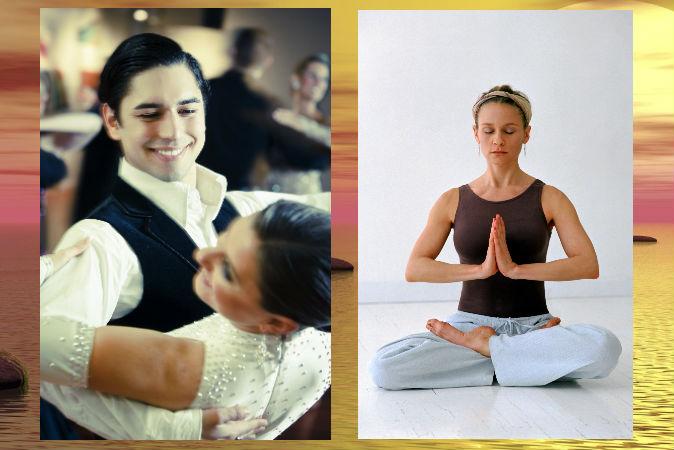For years, cultures around the world have been using meditation to calm the brain and enter states that are not only psychologically beneficial, but also physically beneficial.
As scientists learn more about our brains and how they operate, it has become apparent that Tango dancing, of all activities, can lead to the same mental states experienced by people who meditate on a regular basis. Additionally, the more skilled the Tango dancer, the more likely they are to enter this state at deeper levels.





